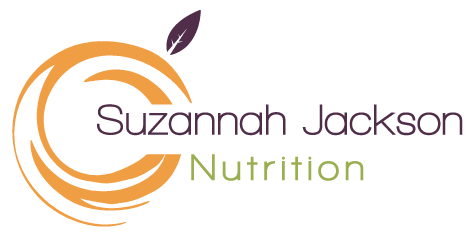In Season this month – December
Apples, Beetroot, Brussels Sprouts, Carrots, Celeriac, Celery, Chestnuts, Chicory, Cranberries, Jerusalem Artichokes, Kale, Leeks, Onions, Parsnips, Pears, Potatoes, Pumpkin, Red Cabbage, Satsumas, Swede, Turnips, Wild Mushrooms, Winter Squash
Every month I write about the delicious fruit and vegetables that are in season but let’s take a look at some of the benefits of these foods.
Phytonutrients
Plants contain natural compounds called phytonutrients or phytochemicals known to be powerful defenders of health and studies show that eating more plant foods may reduce the risk of chronic diseases such as diabetes, cancer and heart disease.
Phytonutrients also provide functions for the plant itself such as protection from pests.
In the human body the phytonutrients help stimulate enzymes that help the body to boost the immune system, to improve cardiovascular health, to get rid of toxins and to promote healthy oestrogen metabolism.
Not only are fruits and vegetable rich sources of phytonutrients, but also whole grains, legumes, herbs and spices and nuts and seeds.
Eating the Rainbow
These phytonutrients in foods come in all different colours – red, yellow, orange, green, purple and white and in order to promote good health, it is important to eat fruits and vegetables of a variety of colour on a daily basis
The first basic step to develop a healthy way of eating is to start with colour

This month let’s take a look at the benefits of Red Foods:
RED
Red foods contain phytonutrients that may help reduce the risk for certain cancers, along with helping to protect the brain, heart, liver, and immune system.
Pomegranate is extra special for its ellagic acid, an important component for your liver to get rid of toxins.
Strawberries, grapes, and apples contain the compound setin, which has anti-cancer, antiaging, and anti-inflammatory properties. Keeping the skin on red-skinned foods, like apples, onions, and potatoes will provide you with those essential phytonutrients.
Lycopene is a red-coloured phytonutrient that may protect against cancers of the prostate, breast, and skin, and reduce the risk of heart attacks. It is typically found in tomatoes and tomato-based products such as tomato juice, spaghetti sauce, tomato soup, and tomato paste. Cooking tomatoes increases the bioavailability of lycopene. Other excellent sources of lycopene are watermelon and pink grapefruit.
Anthocyanins are phytonutrients found in red berries such as raspberries, sweet cherries, strawberries, cranberries, and in other red foods like apples (with skin), beets, cabbage, onion, kidney beans, and red beans. They help with reducing the risk of cancer and protecting the heart and brain.
It is often the case in nutrition that you see vitamins, phytonutrients, and minerals working together to create the best effect!
Don’t forget to check me out on Instagram@suzannahjacksonnutrition and facebook for even more health tips and recipes.
Ways to include more red foods:
-
Add tomatoes, or pomegranate seeds to your salad
-
Make fresh salsa with chopped tomatoes and red onions
-
Make a fresh tomato soup

